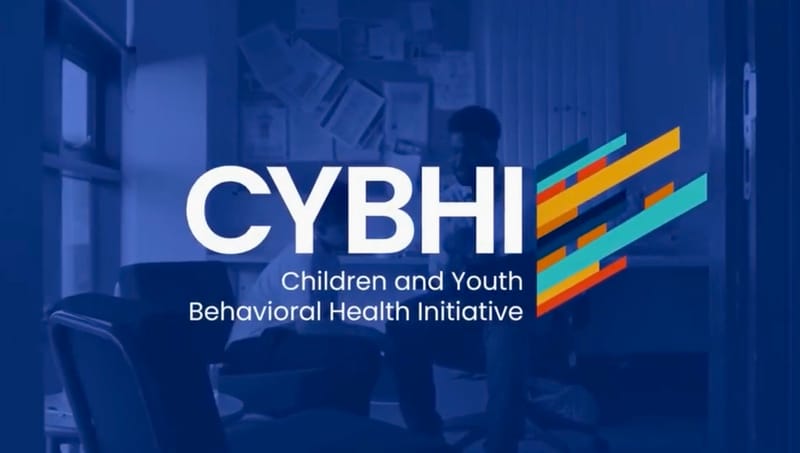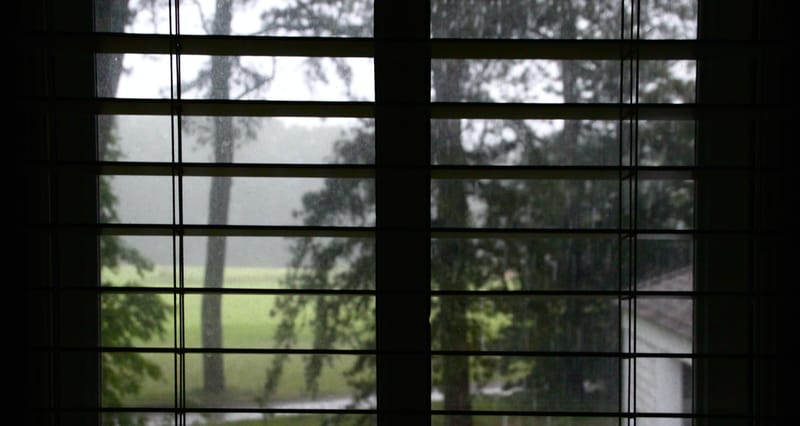California opens $20M in seismic retrofit grants, offering landlords up to $3,000 per home
California is widening access to earthquake retrofit funding, with $20 million available statewide in 2025. For the first time, landlords can claim up to $3,000 per home through the Earthquake Brace + Bolt program.
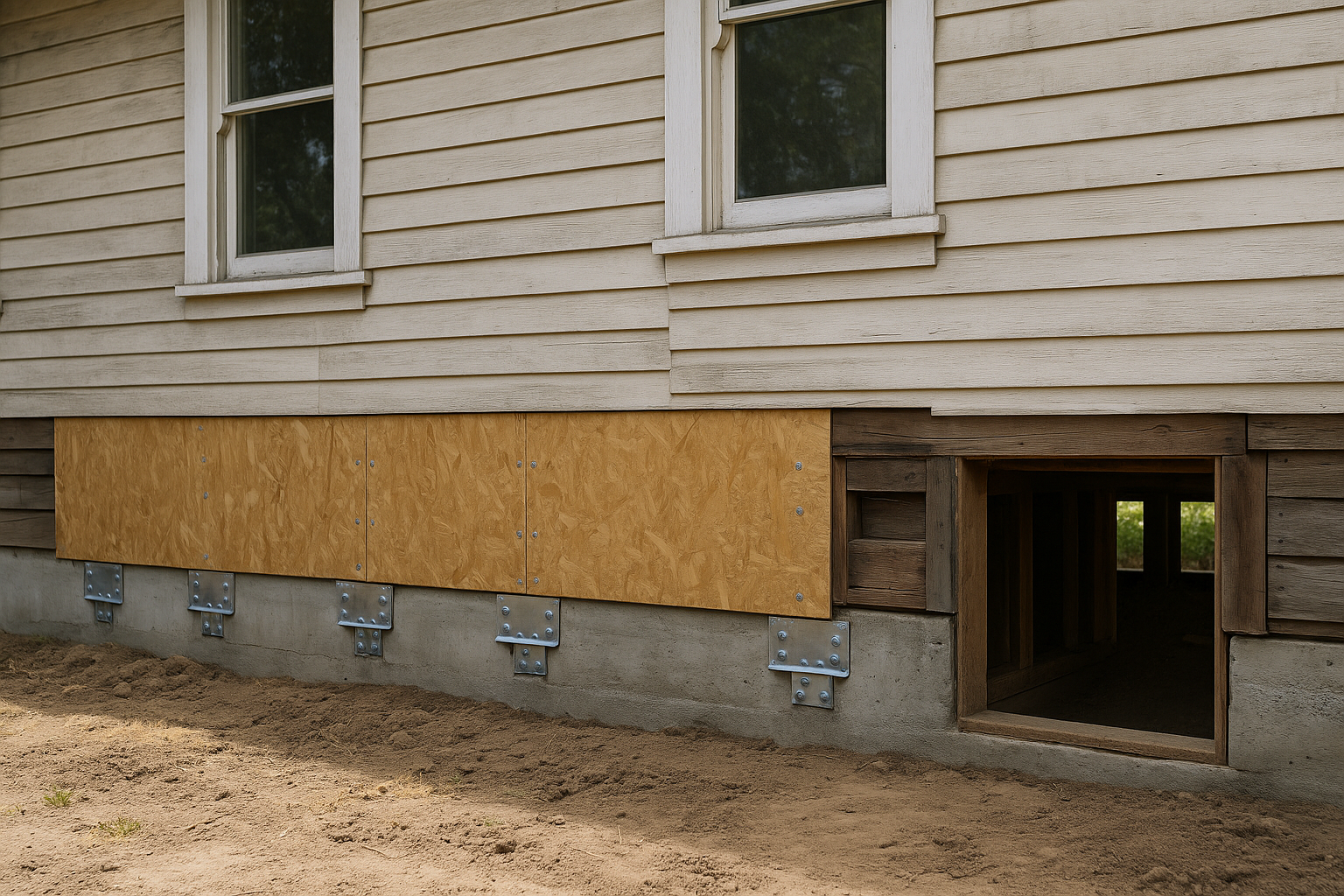
California landlords can now apply for state-backed funding to help strengthen older rental homes against earthquakes. The change comes through the Earthquake Brace + Bolt (EBB) program, which for the first time has opened eligibility to non-owner-occupied residences. A total of $20 million in statewide funding is available for 2025, with grants of up to $3,000 per property.
The expansion is significant because California’s older housing stock—particularly wood-frame homes built before 1980—remains highly vulnerable to seismic damage. By extending EBB funding to landlords, the state not only helps protect property investments but also boosts safety for thousands of renters who live in at-risk homes. For housing providers, it’s a new opportunity to reduce retrofit costs while complying with evolving seismic standards.
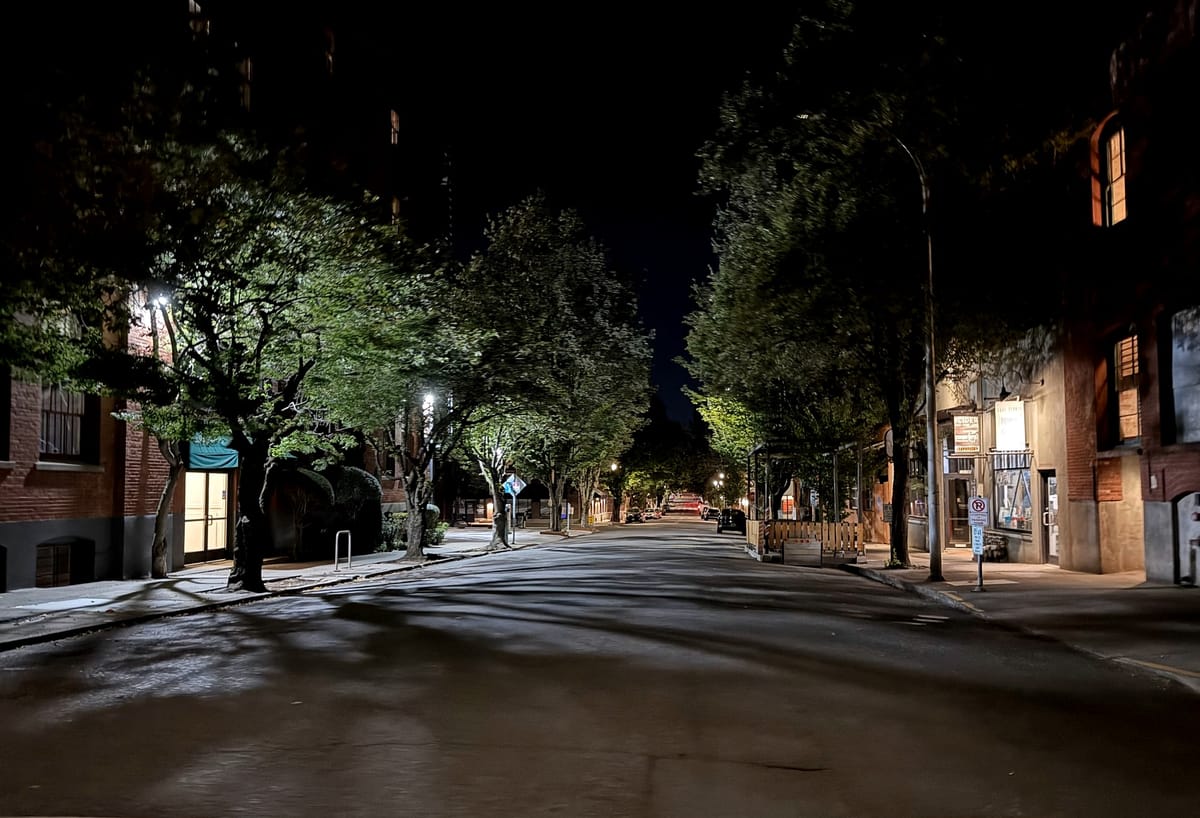
What Is the Earthquake Brace + Bolt (EBB) Program?
The Earthquake Brace + Bolt (EBB) program is a statewide initiative designed to reduce earthquake damage in older homes. It focuses on wood-frame houses built before 1980 with a raised foundation or crawl space—structures especially prone to sliding off their foundations during major shaking.
An EBB retrofit involves bolting the home’s frame to its foundation and bracing any short “cripple walls” in the crawl space with plywood. These relatively low-cost improvements make homes far more stable in the event of an earthquake.
Homeowners accepted into the program can receive up to $3,000 per property toward retrofit costs. In addition, income-eligible households earning $89,040 or less per year may qualify for a Supplemental Grant of up to $7,000, covering most or all retrofit expenses.
New in 2025, landlords are eligible to register up to five rental properties for EBB grants, expanding the program’s reach beyond owner-occupied homes and offering added protection for California’s rental housing stock.
What Is the Earthquake Soft-Story (ESS) Program?
While EBB targets raised-foundation houses, the Earthquake Soft-Story (ESS) Program addresses a different and equally dangerous structural weakness: living space over garage (LSOG) houses. These homes, built before 2000, often have a large garage opening on the ground floor with limited supporting walls, creating a “soft story” that can collapse during an earthquake.
An ESS retrofit strengthens the garage level with plywood, steel columns, or proprietary shear elements, and in some cases requires new foundation work. The retrofit also includes bolting the home to its foundation and strapping the water heater to reduce secondary damage.
ESS grants cover up to 75% of retrofit costs, with a maximum of $10,000 to $13,000, depending on the home’s type. To qualify, homeowners must live in the property, which must be located in one of the program’s designated ZIP codes. Work must be performed by a California-licensed contractor (Type A or B) listed in the ESS Contractor Directory, and all retrofits must follow the FEMA P-1100 standard plan set.
For California residents with older LSOG houses, the ESS program offers a meaningful financial incentive to complete retrofits that otherwise could cost $15,000 to $25,000 out of pocket, while greatly improving safety for families and communities.
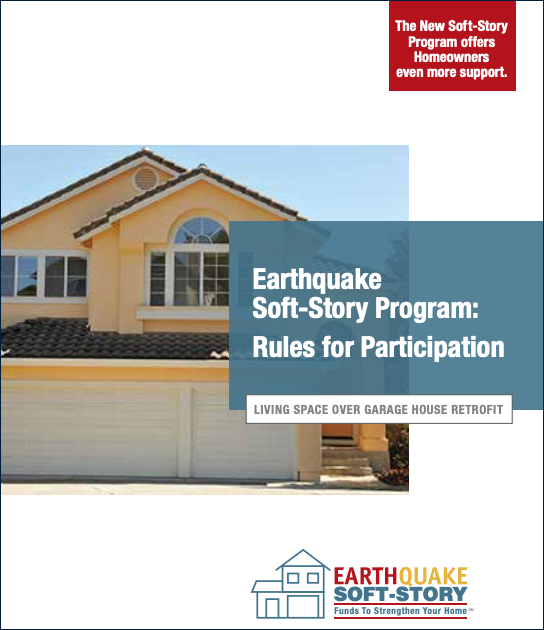
Who Qualifies and How to Apply
Both the Earthquake Brace + Bolt (EBB) and Earthquake Soft-Story (ESS) programs are administered by the California Residential Mitigation Program (CRMP), and each has its own eligibility requirements.
For EBB
- Homes must be wood-frame houses built before 1980 with a raised foundation or crawl space.
- Properties must be located in one of the ZIP codes designated as higher seismic risk by CRMP.
- Homeowners may apply for one property per household, but in 2025 landlords may register up to five rental properties.
- Retrofits must not have been completed previously.
For ESS
- Homes must be pre-2000 single-family houses with a living space over garage (LSOG) configuration.
- Eligible houses are limited to two stories on level or low-slope ground in approved ZIP codes.
- Homeowners must occupy the property; rental units are not yet covered under ESS.
- All retrofits must follow FEMA P-1100 retrofit plans, with work performed by a licensed contractor listed in the ESS Contractor Directory.
Application Process
- Registration opens during specific windows (for 2025, August 20 through October 1).
- Applicants answer qualification questions online or by requesting a paper form.
- If the home meets criteria, the homeowner is entered into a lottery-style selection process. Accepted applicants are placed on the official participation list, while others may be placed on a waitlist.
- Once accepted, homeowners must upload required documents—including contractor bids, building permits (issued after acceptance), and pre-retrofit photos—through the Homeowner Dashboard.
- For FEMA-funded ESS projects, applications and photos undergo FEMA review before work can begin, which may take up to 10 weeks.
- Retrofits must be completed within six months of approval, followed by submission of “after” photos, signed permits, and final invoices to receive grant payment.
Important Note for Applicants
Both programs strictly prohibit starting retrofit work before approval. Doing so makes the project ineligible for funding. Homeowners and landlords are also free to choose any qualified contractor from the official program directories.
Why It Matters for Landlords and Tenants
Expanding retrofit grants to landlords marks a significant shift in California’s approach to earthquake safety. Until now, seismic incentive programs primarily supported homeowners who lived in their properties. By opening the Earthquake Brace + Bolt (EBB) program to rental properties, the state is extending protection to a much larger share of California’s housing stock.
For landlords, the financial benefit is clear. Retrofits that once required thousands of dollars in out-of-pocket investment can now be completed at a fraction of the cost, with grants covering up to $3,000 per property—and supplemental funding available for income-qualified households. With eligibility extended to as many as five properties per owner, this represents a major opportunity to safeguard investments while aligning with state retrofit standards.
For tenants, the program delivers something even more valuable: peace of mind. Many renters in California live in older, seismically vulnerable houses. Strengthening these homes helps ensure that when the next major earthquake strikes, families are less likely to face displacement or injury due to structural failure. In this way, the grants support not just property owners, but the broader resilience of California communities.
Resources and Next Steps
Registration for the Earthquake Brace + Bolt (EBB) and Earthquake Soft-Story (ESS) programs is open August 20 through October 1, 2025. Homeowners and landlords interested in participating should act quickly, as funding is limited and participants are selected through a random lottery process.
To get started:
- Check your ZIP code eligibility on the California Residential Mitigation Program (CRMP) website.
- Register online during the open application window, or request a paper form if preferred.
- Review program rules carefully, as retrofits started before acceptance and approval will not qualify for funding.
- Homeowners who need help with the application may designate a third-party representative by submitting the required authorization form.
For more information, program rules, and contractor directories, visit:
By taking advantage of these grants, California landlords and homeowners can make essential safety upgrades while significantly reducing costs—an investment that protects both properties and the people who live in them.





